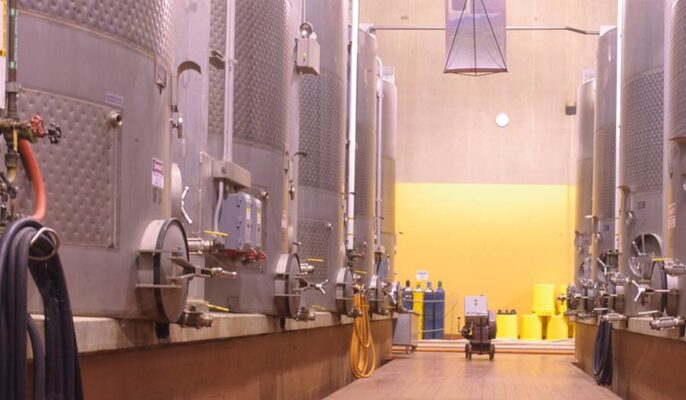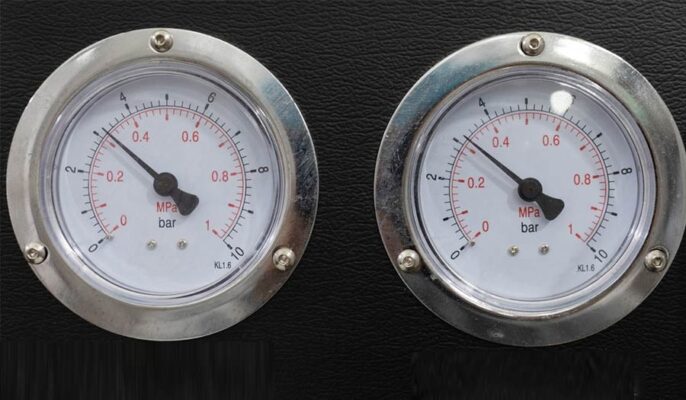For many home breweries, when all the other elements of their home brewery come together, they think about temperature-controlled fermentation. Fermentation control is one of the most important things you can do to improve results. Some home brew sized cones have entered the market over the past few years.
Co je to kónický fermentor?
Conical fermenters are special equipment for the fermentation process of brewing beer, wine and other fermented beverages. This unique fermenter has a conical bottom design that separates the yeast and sediment from the liquid, making it easier to collect and remove.
Why use a conical fermenter?
The conical shape is very easy to use. The wort can be transferred and fermented as usual. Most homemade sized cones have an airlock at the top to relieve pressure during fermentation, and you can suck up sediment from the bottom of the cone as needed.

Types of conical fermenters
Fermentační nádrž z nerezové oceli
Featuring stainless steel conical fermenters, it dominates the commercial brewing scene. They are also popular among home winemakers looking for a high-quality, long-lasting option. Stainless steel offers unrivaled durability and corrosion resistance, making it the first choice of professional brewers.
Stainless steel is great at maintaining a constant temperature, ensuring an optimal fermentation environment. Yet, the cost of stainless steel fermentační nádrže is high, and it is not suitable for all winemakers, depending on their own conditions.
Plastic conical fermenter
Plastic conical fermenters are inexpensive and more suitable for beginners and those on a budget. While plastic fermenters may not offer the durability and temperature control capabilities, they are often lighter and easier to handle, adding to their appeal.
Knowing the differences between stainless steel and plastic conical fermenters can help you make a better choice based on your budget. The right fermenter will enhance your brewing experience and contribute to the success of your end product.
Advantages of conical fermenters
The reason cones are used almost only in professional brewing is that they have several advantages for beer production.
Easier to separate beer
Primary fermentation and aging/storage can be done in the same vessel. When using a flat-bottomed fermentation vessel, you must transfer the beer to a second vessel to separate the sediment from the beer for aging.
Improved yeast
remove yeast and sediment from beer at any point during fermentation. This makes it easy to reuse the yeast by removing some of it and washing it.
Easier to clean and maintain
The design of the conical fermenter makes it easier to clean and maintain than traditional fermentation vessels. Smooth surfaces are easier to rinse and sanitize.
Snadnější regulace teploty
Fermentation is a heat-generating reaction, so even if you cool your beer and bring it to the ideal temperature, the temperature inside the fermenter will increase, which can lead to unwanted flavors. If you are able to cool the fermenter, you can control the temperature rise and limit any negative effects from it. Conical fermenters, especially those made of stainless steel, help maintain a consistent temperature throughout the process, ensuring an optimal fermentation environment.

Benefits of Controlling Fermentation Temperature
If the fermentation temperature is too low, the yeast will go dormant and unable to complete the fermentation. So, if the fermentation temperature is too high, the yeast is stressed and produces all sorts of by-products that lead to off-flavors and fusel alcohols that taste like solvents. Too hot, and the cell walls of the yeast become permeable, and the alcohol, which is toxic to yeast, kills the yeast.
The best way to control the temperature of the fermentation will depend on the ambient temperature and whether we need to heat or cool the fermenter to keep it within the desired temperature range.
Keeping beer at low temperatures for long periods is one of the best ways to clarify beer and produce a great-looking beer. Low temperatures promote “flocculation,” which refers to the tendency of brewer’s yeast to clump together and fall out of suspension in the fermenter.
Also being able to replicate beer between batches and being able to control fermentation means you are not limited by seasonal brewing.
Method of controlling fermentation temperature
Cool Fermentation: The easiest way to do this is to place the fermenter in a cool cabinet that is not heated. But what we need to pay attention to is that we want to maintain a constant temperature for 24 hours.
Water bath: Submerge the fermenter in a water bath. A construction basin is an inexpensive container for a water bath. Temperature fluctuations during the day and night can be prevented.
Temperature-controlled refrigerator: If your refrigerator is large enough to accommodate the fermenter, you can use a temperature controller to control the internal temperature of the refrigerator.
Heated fermentation temperature: If a higher fermentation temperature is required, then a device will be required to heat the fermenter.
Nowhere is it easier in brewing than in temperature control. With temperature control having such a dramatic effect on the quality of your beer, it’s easy to think you need to invest a lot of money in improving it. Even a small investment of time and money in fermentation temperature control can pay big dividends in the quality of your beer.





I was suggested this blog by my cousin. I’m not sure whether this post is written by him as
no one else know such detailed about my problem.
You’re incredible! Thanks!
My web page Rezepte von Nico Bartes